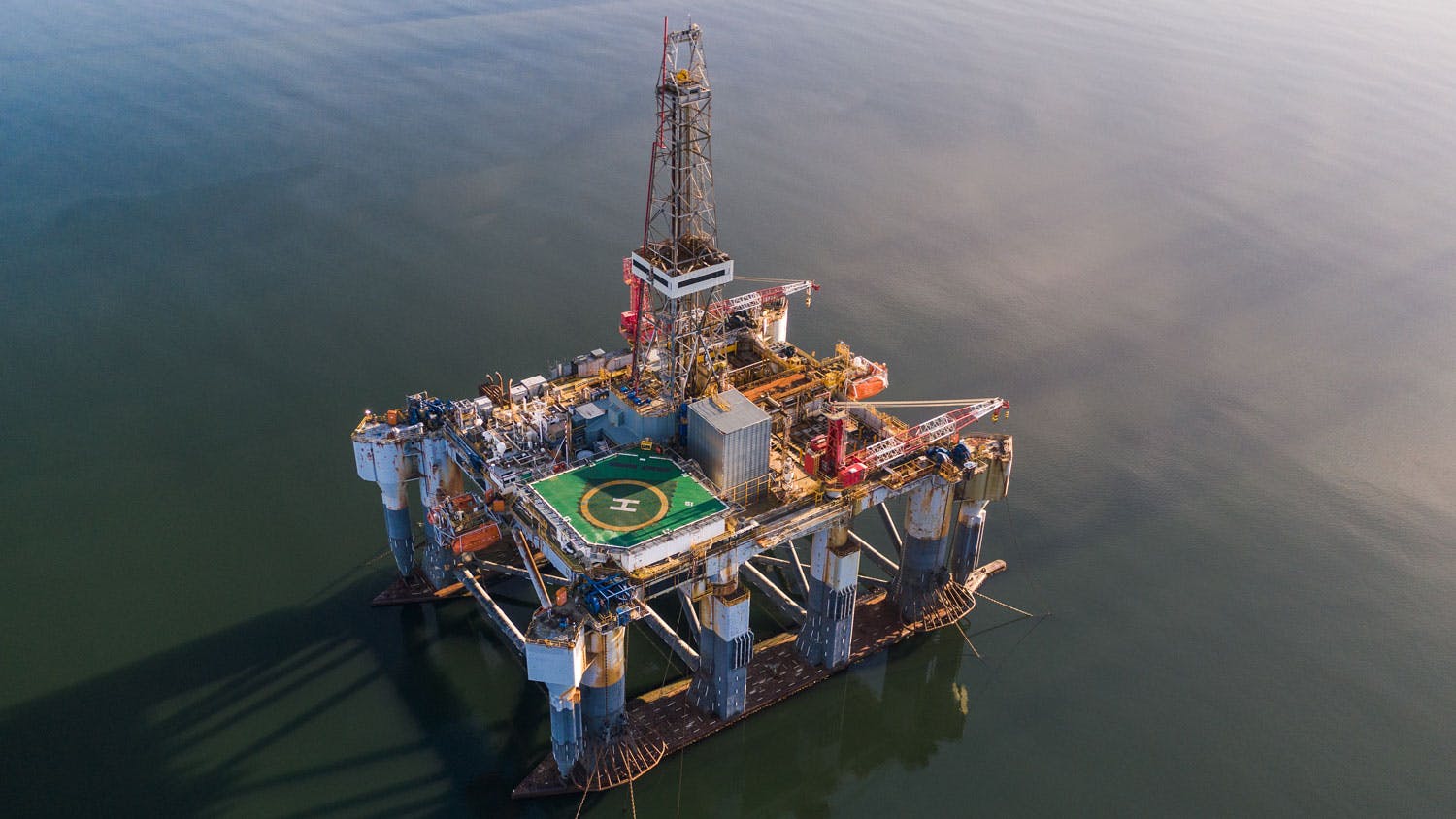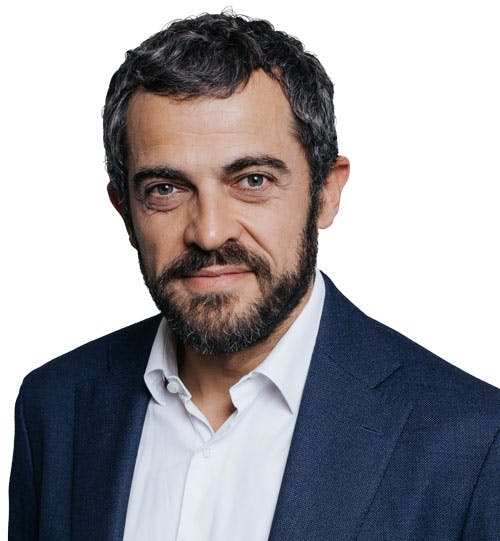Strategy
A two-pillar multi-energy strategy to strike a balance between sustainable development and profitable growth
To meet the dual challenge of meeting growing global demand for energy while reducing the greenhouse gas emissions generated by its production and use, TotalEnergies is reaffirming the relevance of its balanced multi-energy integrated strategy with regard to the trend in the oil, gas and electricity markets.
At the Shareholders’ Meeting, Aurélien Hamelle, President for Strategy & Sustainability, reviewed the main points of this approach.

© Getty Images - TotalEnergies
Interview with Aurélien Hamelle President for Strategy & Sustainability

© Nicolas Launay - TotalEnergies
How does the Company’s multi-energy integrated strategy respond to existing demand while contributing to the energy transition ?
Aurélien Hamelle / In today’s energy systems market, demand is increasing for the three energies that we produce and sell: oil, gas and electricity. Our strategy as an energy producer and distributor is to respond to this demand, because it is vital to human development. Over four billion human beings still do not have access to sufficient energy to achieve a satisfactory Human Development Index (HDI) rating.
Our two-pillar strategy, based on oil and gas and on integrated electricity, is thus entirely relevant for responding to existing and future demand.
This strategy also contributes to the energy transition as it is consistent with the construction of tomorrow’s decarbonized energy system. The change in energy systems calls for a change in supply and demand, without which no real transition will happen. This is why TotalEnergies is changing the mix of its energy production and sales. In 2015, we sold mostly oil, with gas representing one-third and electricity almost none. In 2024, the Company sold nearly as much gas as oil and 11% of our sales were low-carbon electricity. In less than ten years, TotalEnergies succeeded in increasing the share of electricity in its sales mix to over 10%. And our sales mix objective for 2030 is 30% oil products, 50% gas, and around 20% low-carbon electricity. This is the ambitious path to which the Company has firmly committed.
